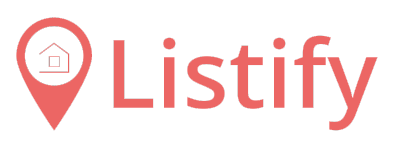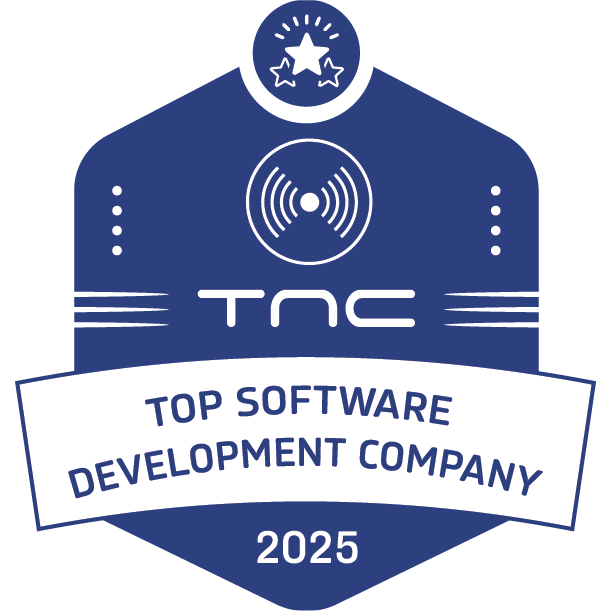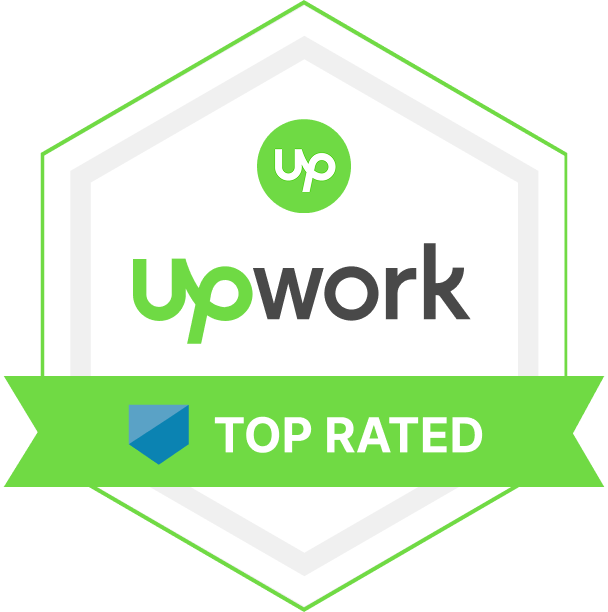All you need to know about: WEB 3.0
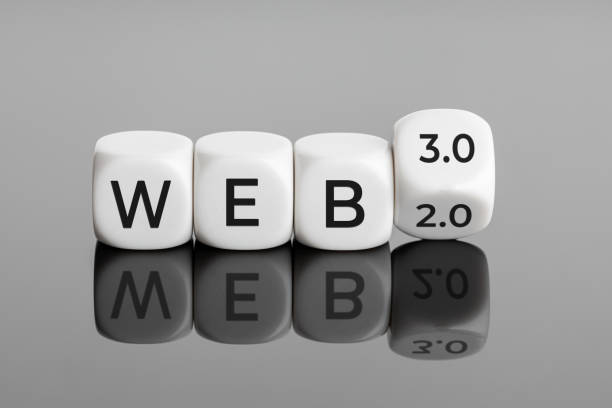
What is a WEB 3.0?
Key features of Web 3.0:
Artificial intelligence (AI) and machine learning (ML) are key technologies that will play a significant role in shaping the future of the World Wide Web, also known as Web 3.0. AI refers to the development of computer systems that can perform tasks that typically require human intelligence, such as recognizing patterns, making decisions, and solving problems. AI can be used to analyze large amounts of data and provide insights and recommendations based on that data. Machine learning, on the other hand, is a type of AI that allows computers to learn from data and make predictions or take actions without being explicitly programmed to do so. ML algorithms analyze data and identify patterns and relationships, allowing the computer to make predictions or take actions based on that analysis.
Decentralization refers to the distribution of data, resources, and power away from a central authority or location, to a more distributed network of nodes or participants. In the context of Web 3.0, decentralization is a key characteristic that will shape the future of the internet. In a decentralized system, there is no single central authority or entity that controls the network, data, or transactions. Instead, the network is maintained by a network of nodes or participants, who work together to validate and process transactions, store data, and provide access to the network. This eliminates the need for intermediaries and reduces the risk of censorship, data breaches, and other security threats.
The Semantic Web is a concept that refers to a future version of the World Wide Web where information is available in a format that can be easily understood and processed by computers and machines, as well as by humans. In the Semantic Web, information is stored in a way that enables machines to understand the relationships between different pieces of information and to use that information to make inferences and draw conclusions. In the current web, most of the information on the internet is stored in a format that is designed to be displayed to humans in a web browser. However, this information is not easily understood by computers, which makes it difficult to automate tasks that require processing and analysis of web content.
Advantages of Web 3.0:
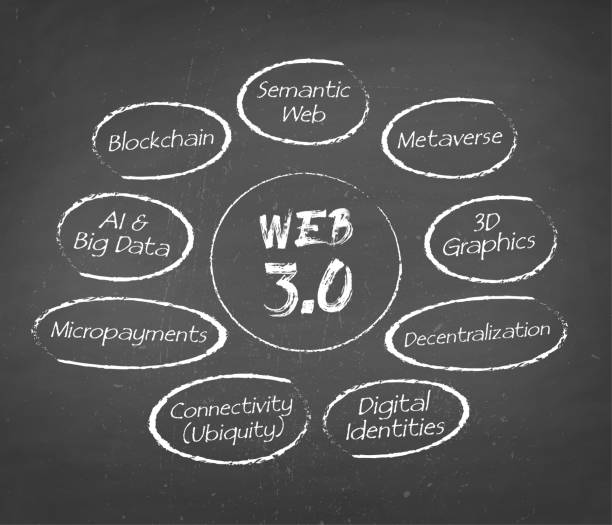
Web 3.0 will provide a more personalized web experience by using artificial intelligence (AI) and machine learning (ML) to analyze user data and provide customized content and recommendations.
Web 3.0 will be built on decentralized systems, which will reduce the risk of censorship and data breaches and increase security and privacy for users.
The Semantic Web and advanced search algorithms will provide more accurate and relevant search results, making it easier for users to find the information they are looking for.
Web 3.0 will enable the development of new applications and use cases that were not possible in the current web, such as decentralized marketplaces, digital asset exchanges, and intelligent agents.
Web 3.0 will be designed to be more accessible, making it easier for people with disabilities and those in developing countries to access the web and participate in the digital economy.
Challenges for Web 3.0:
Web 3.0 will be based on cutting-edge technologies such as blockchain, AI, and the Semantic Web, which may be challenging for many users and developers to understand and implement. This could slow the development and adoption of Web 3.0 applications and services.
Integrating existing systems and applications into the decentralized systems of Web 3.0 may be difficult and time-consuming, requiring significant investment in time and resources. This could limit the widespread adoption of Web 3.0 and result in a fragmented web ecosystem.
While decentralized systems can provide greater security and privacy compared to centralized systems, they can also introduce new security risks, such as the risk of hacking, data theft, and other malicious activities. Ensuring the security and privacy of users will be a key challenge in the implementation of Web 3.0.
The transition to Web 3.0 may be slow, as users, developers, and businesses will need time to understand and adopt the new technologies and applications. This could limit the impact of Web 3.0 and slow its development.
Web 3.0 has the potential to create new opportunities for individuals and businesses, but there is a risk that the benefits will not be distributed equitably, leading to increased economic inequality and a digital divide between those who have access to the new technologies and those who do not.
Web 3.0 will require new regulations and standards to ensure the security and privacy of users, as well as to prevent malicious activities such as hacking and fraud. However, there may be difficulties in establishing these regulations and standards, which could slow the development and adoption of Web 3.0.
conclusion
Testimonial
Work Well Together

“We have been working with Arjun and Pritesh for more than a year now and they completely meet our expectations. We quickly found a way to effectively work together despite the time difference. They are flexible and proactive, they get to the bottom of things and deliver high quality code."
Camille
It's been a pleasure to collaborate with Rushi. Clean code, well documented, excellent communication. Looking forward to our ongoing collaboration.
George
ZenTech offers a hard working team. They understand the requirements well and follow them thoroughly. They have good knowledge of python and django and had a good contribution to my project.
EdoOur Client
